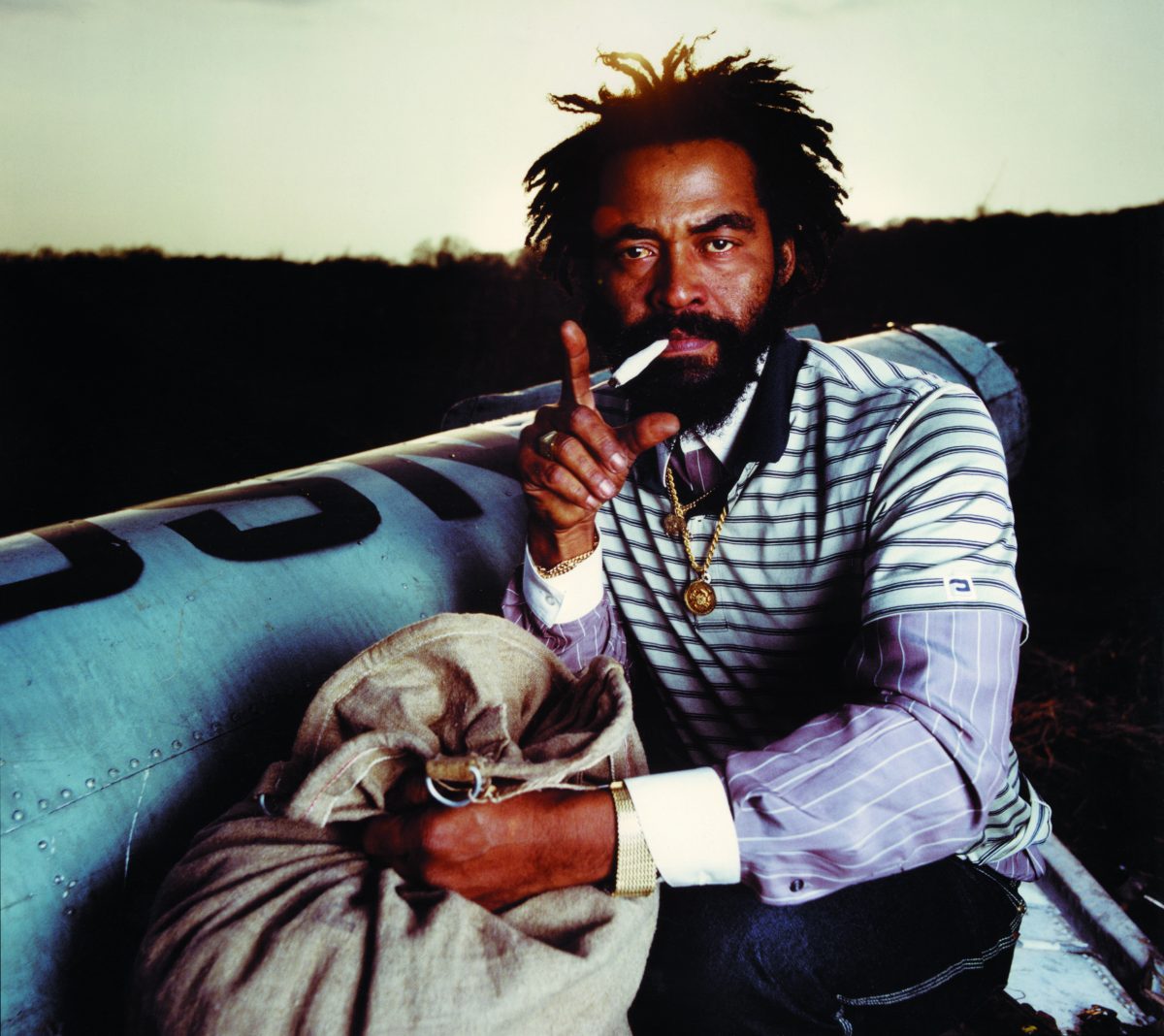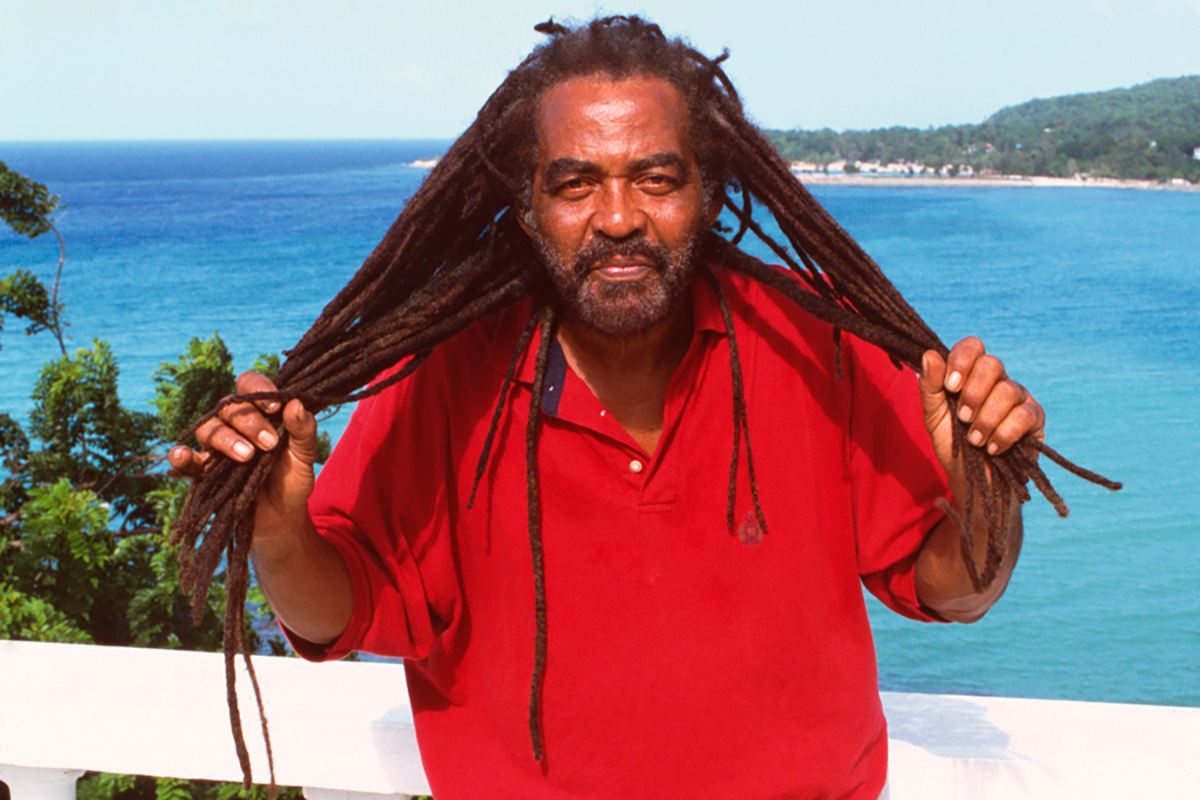The Making Of John Holt’s ‘Police In Helicopter’
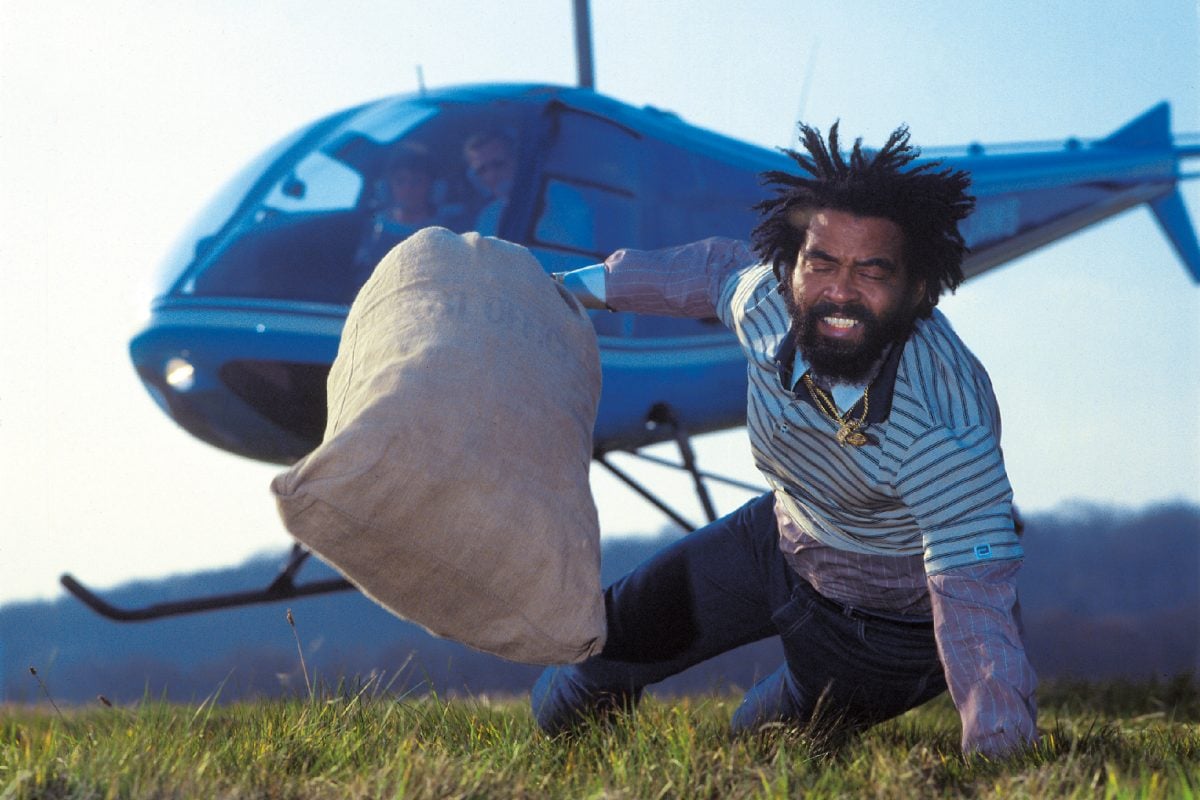
John Holt, the Reggae artist famous for his 1983 hit Police in Helicopter, passed away nine years ago, on October 19, 2014, at age 69. The song was among Jamaica’s most iconic ganja anthems and, at the time of its release, was only one of its kind to advocate retaliation for the marijuana eradication efforts that the United States Government had compelled the Jamaican government to undertake.
It was the lead-out track for the album of the same name, which contained other songs such as Fat She Fat, Private Doctor, last Train, Beach Party, Reality, Chanting, Sugar and Spice, Can’t Use Me, and I Got Caught.
In a 2013 interview, Holt had explained that he had written the song’s lyrics to address the search-and-destroy efforts, by air and on land, which the security forces were mandated to undertake by the political leaders whilst on a flight from Montego Bay to Kingston, where he saw helicopters hovering above burning ganja farms.
“Police in Helicopter, I came up with it while I was flying from Montego Bay to Kingston and I saw some helicopters circling around and burning bushes. So I got the idea right straight from there and then I borrowed a little piece of tissue paper from the air hostess and I wrote the complete song out right there in 20 minutes before we landed in Kingston. That’s how one’s helicopter came about,” Holt had explained back then.
The rattled singer had penned the lyrics with the hook being the threatening: “If you continue to burn up the herbs/Wi gonna burn down the cane fields.”
He later recorded the song with producer Henry ‘Junjo’ Lawes and the Roots Radics Band at Channel One Studios in Kingston.
It came amidst what many Jamaicans described as “an American assault on American drug abuse being waged on Jamaican soil,” in which Jamaican Ganja, known as the “best marijuana in the hemisphere,” was being destroyed at the behest of the United States, under Operation Buccaneer I.
That operation began in 1974 under the socialist administration of Michael Manley in 1974, when, under pressure from US President Nixon, Jamaican police coordinated Operation Buccaneer with the CIA and US Military to eradicate marijuana from the island, historical documents say.
It was revivified in the 1980s under the Edward Seaga administration, according to the Washington Post, after US President Ronald Reagan began his “war on drugs,” which escalated the destruction of marijuana with aerial seek and destroy missions burning fields five days per week.
Jamaica, it was surmised, was going along with the mass marijuana eradication program being financed and guided by the US, as the government was scared of losing U.S. economic assistance and help in securing continued international loans needed to repay what was then, the island’s $3.5 billion debt, which was “one of the largest per-capita debts in the world”.
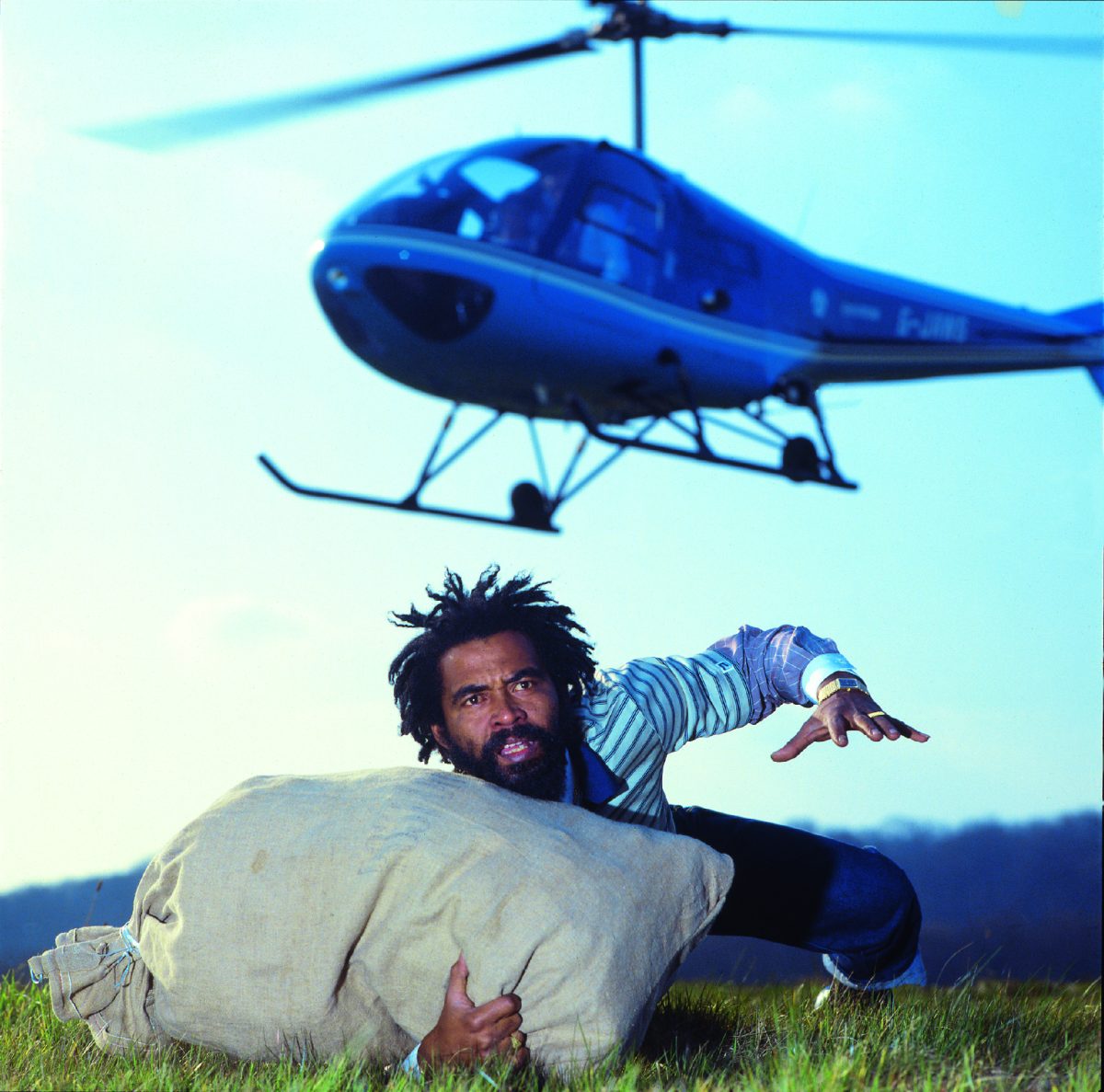
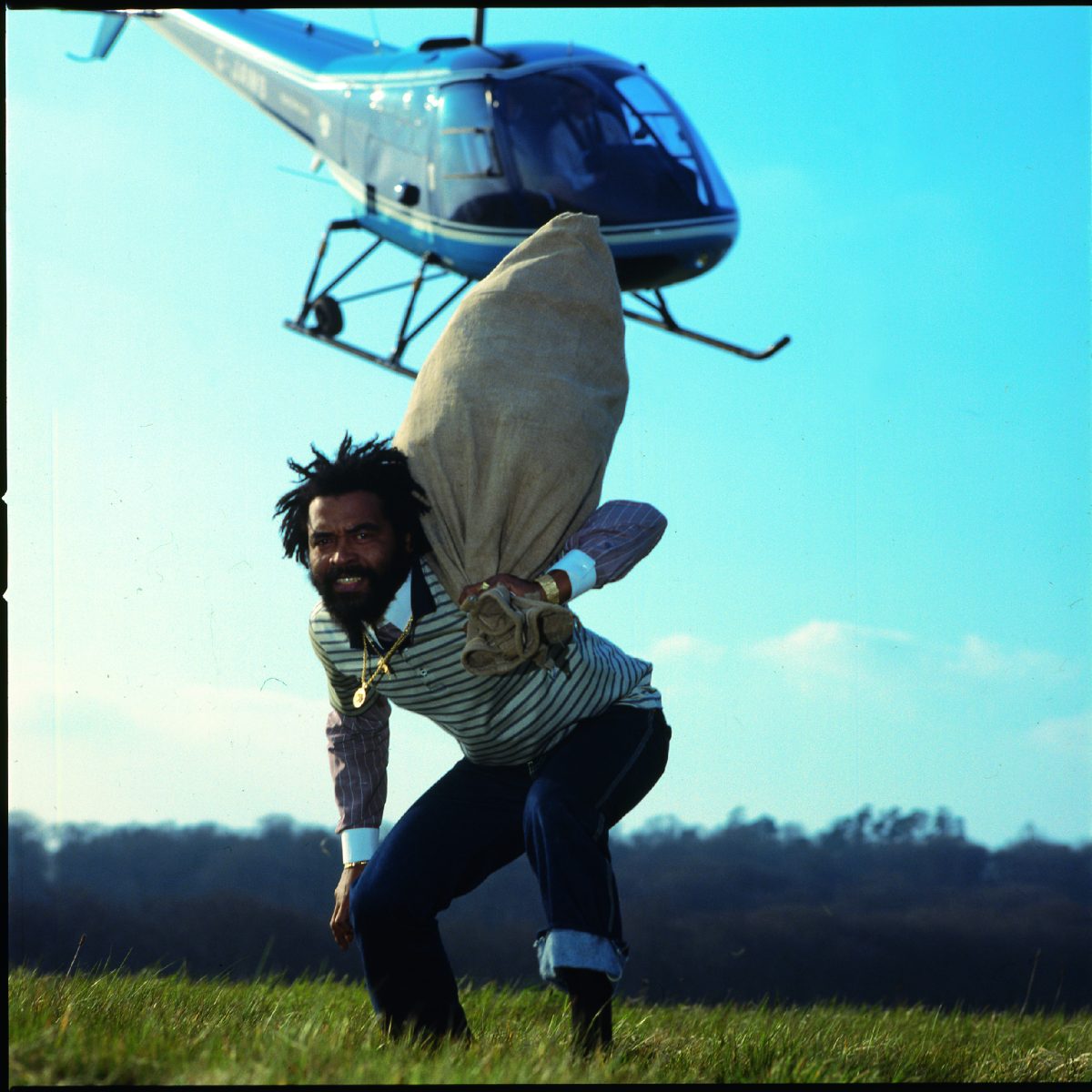
But the release of Police in Helicopter, with its burning of canefield threats, did not deter the Americans, who went on to stage Operation Buccaneer II and Operation Buccaneer III.
In a March 1987 article in the Washington Post, titled Jamaicans oppose Marijuana Eradication push, it was noted that one opposition spokesman described how farmers’ crops were ruined and “their stick-and-tin huts blown to the ground by the chopper’s wind” over in Litle Bay in Westmoreland, near Orange Hill where the world’s finest Ganja is said to grow.
According to the article, an estimated 350 acres of small farms were decimated over a several-month period beginning in November 1986, in the search-and-destroy missions, which ran five days per week.
The article also quoted Hugh Gentles, of the Private Sector Organisation of Jamaica expressing what he called a personal view, noting that “during Prohibition the United States didn’t insist that whiskey distilleries in Scotland be shut or the vineyards of France be destroyed” and “if the United States decides that its citizens should not use ganja, it is an American problem, not a Jamaican problem”.
The Washington Post had also noted that the United States had dramatically stepped up its funding and involvement in the programme, with US$2.6 million has been earmarked in 1986 and 1987, “compared to $45,000 in 1985”.
It said that most of the money was being spent to lease, maintain and operate two Bell-212 troop-transport helicopters, piloted by Americans, and on motorized grass cutters as well as 50 backpack sprayers that Jamaican antidrug teams would use for the first time this year to spray a herbicide on open fields.
The money, it said also went to purchasing fuel and to maintain several Jamaican Coast Guard boats and a few maritime radars.
It also said that in addition, nearly US$9 million in U.S. military assistance was being spent on the operation, carried out by the Jamaican Defence Force (JDF) and the Jamaican Constabulary Force (JCF) and that the U.S. Drug Enforcement Administration also shared intelligence with Jamaican authorities “on reportedly widespread police and army corruption”.
But, according to the Washington Post, due to the ingenuity of the ganja farmers in growing the herb, and the skill of dealers in trafficking in it, the trade continued to thrive as the Jamaicans outsmarted the United States and doubled the amount of ganja trafficked to that country.
“While the government destroyed more ganja in 1986 than ever before — one-half of the entire crop cultivated — twice as much was exported to the United States as in 1985, according to the State Department’s Bureau of International Narcotics Matters,” the newspaper reported.
“Drug traffickers, in many instances, have become better providers for their workers and communities than the marketplace or the government. The traffickers, known as Robin Hoods, have used their money to build schools, improve roads, feed families and to provide uniforms and books to schoolchildren. In the process, they are winning local loyalties at a much quicker pace than the government has been willing or able to provide alternatives, such as crop substitution,” it added.
Additionally, a nationwide poll conducted by pollster Carl Stone in that year, had reported that, 47 percent of Jamaicans opposed the ganja eradication programme.
Police in Helicopter has been sampled in more than ten songs, according to whosampled.com, including Gwaan Plant by Chuck Fenda in 2007 and Protection by Protoje, which featured Mortimer. It was also re-recorded several times over the decades, including John Holt’s 2006 version, which featured Sizzla, released by VP Records on a full Police in Helicopter riddim album back in 2007.
A cover version was also done by in 2010 by Million Stylez, while another was done by Jah9 and Yaadcore in 2022.
In September, VP/Greensleeves Records celebrated the 40th anniversary of the song by sharing a rare 1983 12-inch single mix – informally known as the ‘Sirens Mix’ – to streaming, and previously unreleased photos from the cover shoot by Tim O’Sullivan.

